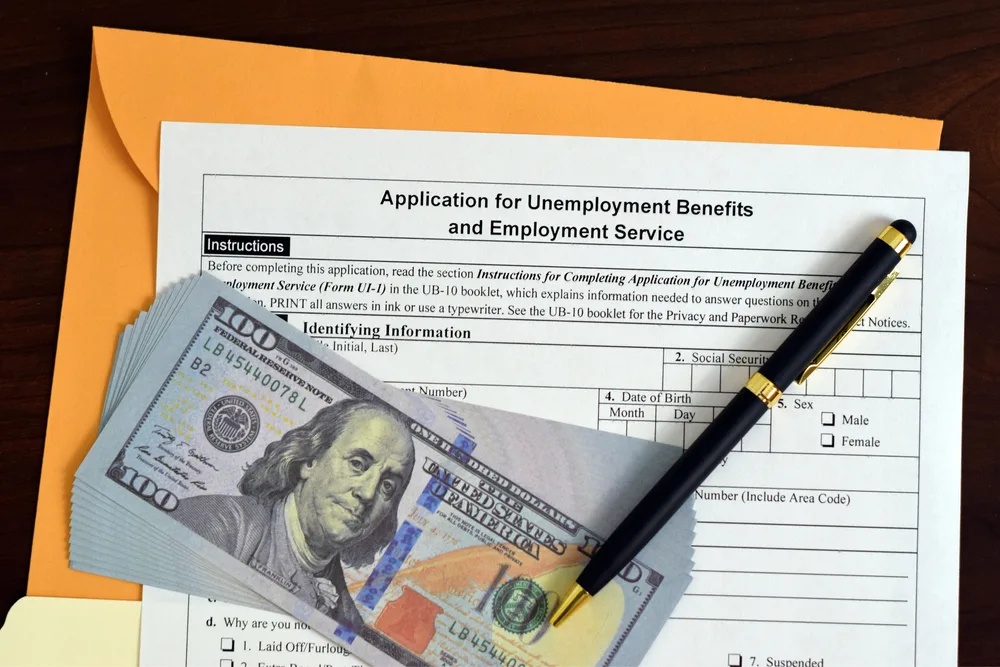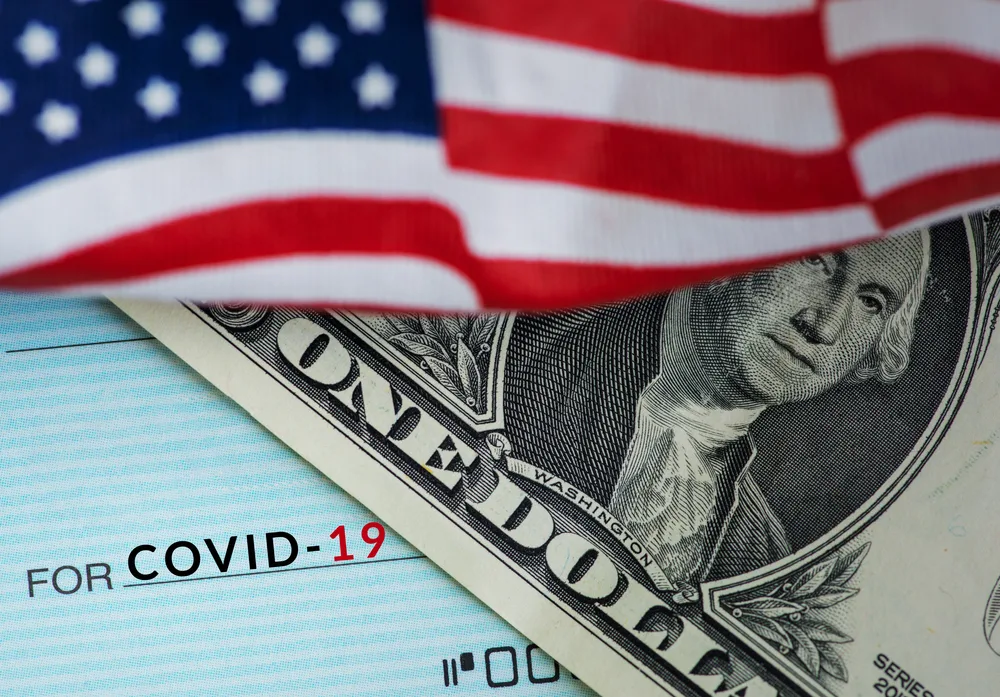
Understanding the benefits the government provides and knowing why they are there can play a great role in everyday life. If you’re like many Americans, you may not know a lot about your own government benefits.
The truth is, many Americans may not realize how much value those benefits offer them or their families. The U.S. has a robust government benefits system, with many programs designed to provide assistance to low-income, disabled, elderly, or unemployed individuals./
Fortunately, as more and more Americans recognize the value of these benefits—and begin to demand more from their government—we may see a corresponding increase in quality of life for those who qualify.
What Are Some Government Benefits That You Can Apply To?
The United States has several programs for its residents. The term “general welfare” is what many people think of when they hear the word “ benefits.”
General welfare programs can help with the cost of things like food, clothing, medication, and housing. They can also help with the cost of child care, medical insurance, retirement savings, and a variety of other basics.
How to Apply for Government Benefits
Because of the variety of benefit programs available, the application processes may differ. Furthermore, many programs are operated at the state level. This means that program features and processes can differ by state.
Here are a few tips to help you get started:
Make sure you know what benefits are out there. All government benefit programs have rules and regulations, and you’ll need to be aware of those if you want to benefit from them.
Apply for programs every year, no matter how little interest you might have in the program. You need to maintain your eligibility to receive benefits, and applying each year is a way to help make sure that you do.
Gather all necessary documents. For most programs, you’ll need to provide documentation that backs up your eligibility. Be prepared to provide information on any of the following:
- Full name
- Date of birth
- Address
- Income
- Assets
- Employment
- Expenses
- Insurance
- Liabilities
Tax Credits and Savings Options for Struggling Consumers
The government offers tax credits and other savings options for low-income households. These programs are designed to help people increase their income and meet their basic expenses.
The Earned Income Tax Credit (EITC) provides a tax credit for low-income workers.
If you qualify for EITC, you can receive a tax refund from the government at the end of the year. You may qualify for the EITC if you have children, are disabled, or are a senior citizen. If you qualify, you will likely receive a larger tax refund.
The Child Tax Credit is a credit that helps parents meet the cost of raising children. If you have children, you may be able to receive this credit.
How Much Do Government Benefits Cost?
Like many large organizations, the United States government has benefits programs that are structured so that the costs are spread among citizens. Almost everyone who works in the U.S. has to pay taxes, and some of those taxes go toward funding these benefit programs.
The exact amount you pay toward these programs varies depending on your job and your employer, but it’s usually in the range of $500 to $4,000 per year.
This means that the costs of basic government benefits—like food and housing—can be much lower than they are for individuals who don’t qualify for government benefits. This can help make government benefits seem much more attractive.
What’s the Difference Between Welfare and Welfare Benefits?
There are a couple of things to keep in mind when thinking about the difference between welfare and government benefits.
First, while a lot of government benefits are structured as entitlements, they have a different meaning in the government system than they do in the marketplace. It’s important to remember that when you apply for government benefits, you’re not applying for charity. You’re applying for a service, and you’re paying for it.
Second, when you receive a government benefit, you’re not actually getting something for nothing. You’re paying for something. In the government system, that something is called “value.”
How to Use Your Government Benefits
Once you know what kinds of benefits may be available to you, you need to know how to use them. Each program has different rules and regulations regarding using benefits.
For example, if you qualify for SNAP (Food Stamps), you can only use those benefits on qualified food items at participating retailers. Because the program focuses on providing families with healthy and nutritious foods, you cannot usually use SNAP benefits to buy things like alcohol or tobacco.
Keep in mind that most of these benefit programs are only meant to be temporary solutions. In most cases, the goal is to stop relying on benefits to become more self-sufficient.
In Conclusion
The United States benefits system is one of the most robust public services in the world, but it’s often overlooked. In some cases, residents may not be aware of the programs available to them.
It helps to learn about your options – as well as the program qualifications – to help you make an informed decision about whether to apply.



